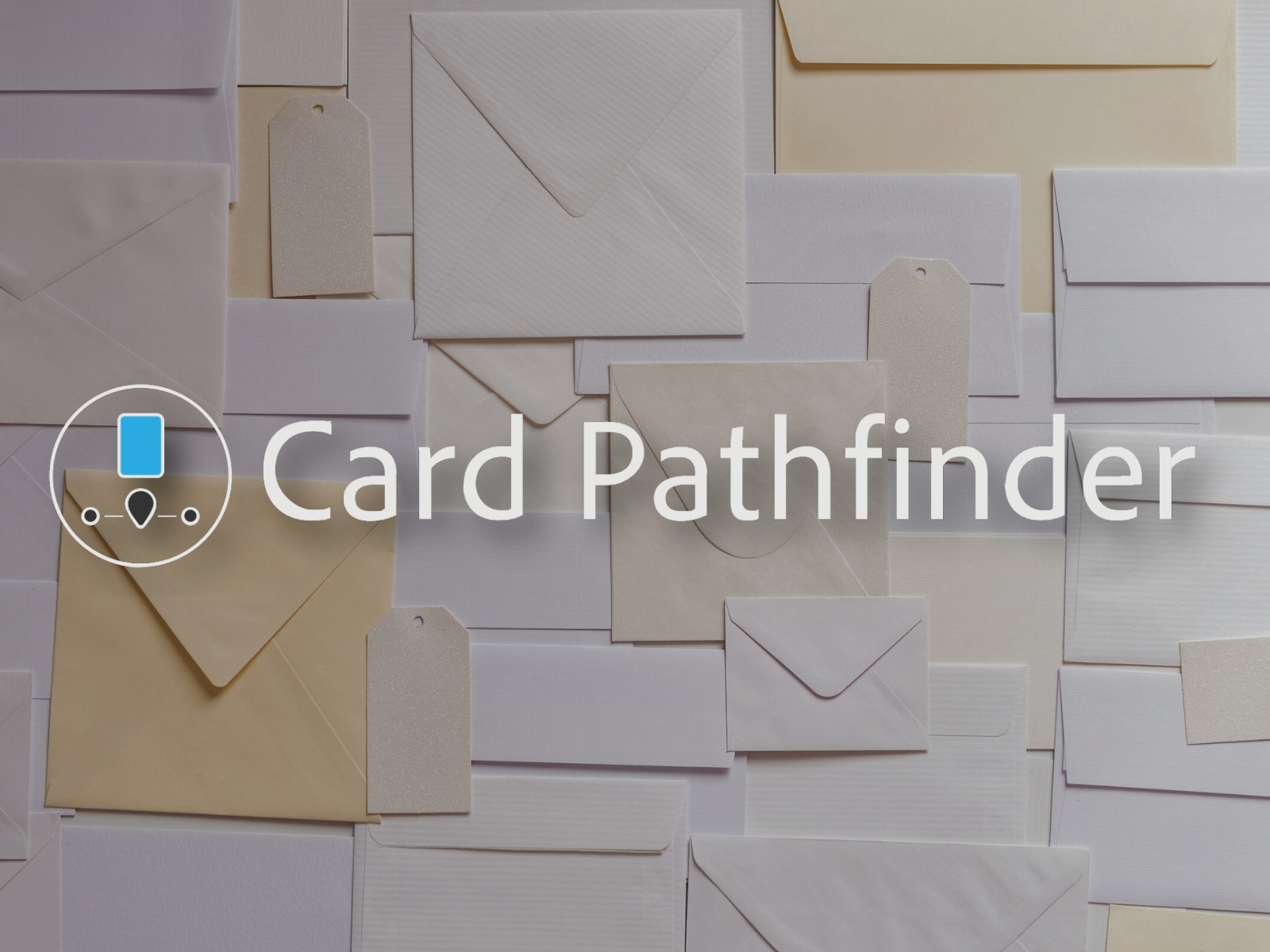Commander is one of the most accessible and active eternal formats. It has all the infinite possibilities of a format like Vintage, but a more relaxed atmosphere like a board game. Its unique rules and banlist make it a format unlike any other. Commander is a great way to play Magic.
You may have picked up a pre-con deck or copied a list from online, but today we are taking a step away from that and instead look at building our own Commander deck from scratch.
Today I’ll take you through how I design my Commander decks and, hopefully, you can take away some of these ideas for yourself; whether it’s your first time brewing or you’re an established player looking for a refresher.
Throughout this article, I am going to be designing a new deck step by step so you can follow along with my examples or try building your own deck as you read along. For the purposes of this discussion, I will not be looking into cEDH.
At the end of the article, I’ll also share the full decklist so you can give it a try for yourself!
Commander Deck Building Rules Review
First, a quick reminder on the rules of deck building in Commander. A deck is made up of 99 unique cards (besides basic lands), and a 100th card that sits outside the game as your commander. All cards in your deck must fall within the same color identity as your commander.
Color identity refers to colored pips that appear anywhere on the card. For example, Tasigur, the Golden Fang has black in his casting cost and an activated ability that requires blue and green. As such, he counts as a Sultai commander. Your Tasguir deck can have cards that contain black, blue, green, and any combination of those three.
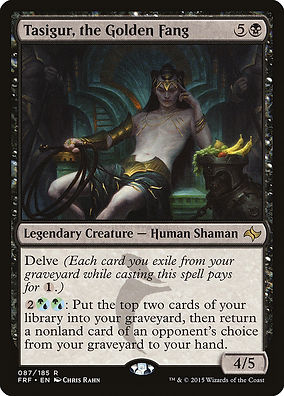
Finally, your commander can be any legendary creature or any other card that verbosely says “X can be your commander.”
Where Do I Start Building a Commander Deck?
Commander asks a lot of you when building a deck. There are so many choices to make. However, I like to consider three things before I start building a deck: Strategy, Power Level, and Commander.
Let’s tackle each of these one by one.
Strategy
Your strategy is the broad strokes of how do you want to play, and how do you want to win, the game. Commander is open-ended and allows for anything from the standard aggro beat down, mill, aristocrats, and combo plans to bizarre off the wall strategies such as Maze’s End, and life total swapping.
In this guide, I am going to build a spell slinger deck.
I want to cast lots of spells and eventually win by finding a combo piece or amassing an advantage through spell-based synergies. I already have some cards and colors in mind but before I set anything in stone, let’s look at power level.
Power Level
Now that I know how I want to play, I need to think about how strong of a deck I want it to be. To some, this may be a bit of a funny thought. After all, why wouldn’t I want my deck to be the best it could possibly be? That’s what happens in every other format. It’s also part of the reason Commander is so fun.
In my opinion, a win is only as fun as it is challenging. If you sit down with a fine-tuned, well-made deck and I’ve just got a pile of 100 cards I randomly pulled out of a drawer, you’ll probably win but it won’t be that fun.
Depending on who you play with, you may want your deck to be stronger or weaker. There are three things I look for to try and describe power level in a deck. Do you play the best mana, best tutors, and best interaction? By that I mean mana rocks like Mana Crypt and Mox Diamond, tutors like Demonic Tutor and Enlightened Tutor, interaction such as Force of Will and Deflecting Swat. These are the kind of cards that really elevate a deck into high power.
Of course, you can make a jank deck with these good cards but it’s a nice rule of thumb.
Furthermore just having a Mana Crypt doesn’t make a deck busted, but having all the fast mana does begin to tilt the odds in your favor. Everyone has their own internal system for how to rank power but I hope this has given you a bit of an idea of what to expect.
For the purpose of this guide, I want to build a deck that is mid-power. I am going to build a good deck. However, I will forgo fast mana, premier tutors, and free interaction. Outside of these restrictions, I’ll be building the best deck I can.
Keep in mind that there is generally always a replacement for high-powered cards in lower power levels. Mana rocks like Mind Stone sub in for Mana Crypt. Diabolic Tutor takes the place of Demonic Tutor. Cancel becomes our Force of Will. See how we get similar effects without playing so fast and trying to take over?
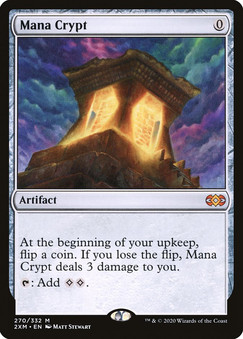
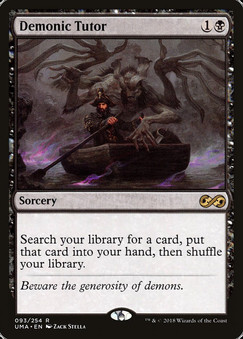
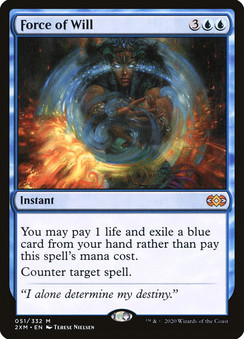
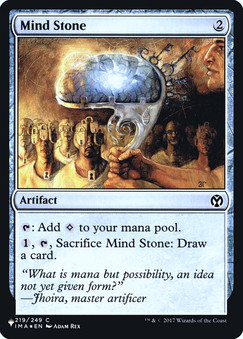
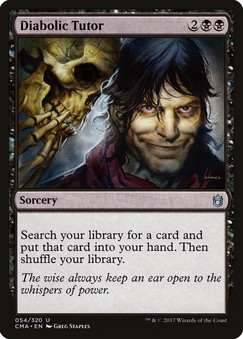
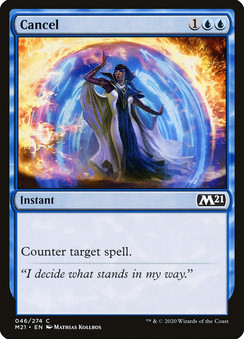
Deciding to play mid-power, also opens up my card pool a little bit. Some cards that would be too slow or greedy at higher power could fit right in with our target power level.
Commander
Now that we’ve got a power level established, let’s look at the key component of our deck: our commander. If you need some inspiration, try searching is:commander format:commander in Scryfall. This will show you all the cards that are legal as commanders.
Read More: Magical Searching: The Ultimate Introduction to Scryfall and How to Search for Cards
As of this writing, there are almost 13,000. To narrow this down, we can search for keywords we want to see on our commander.
I want a commander that does something when I cast a spell, so I am going to add oracle:”whenever you cast” to the end of the search.
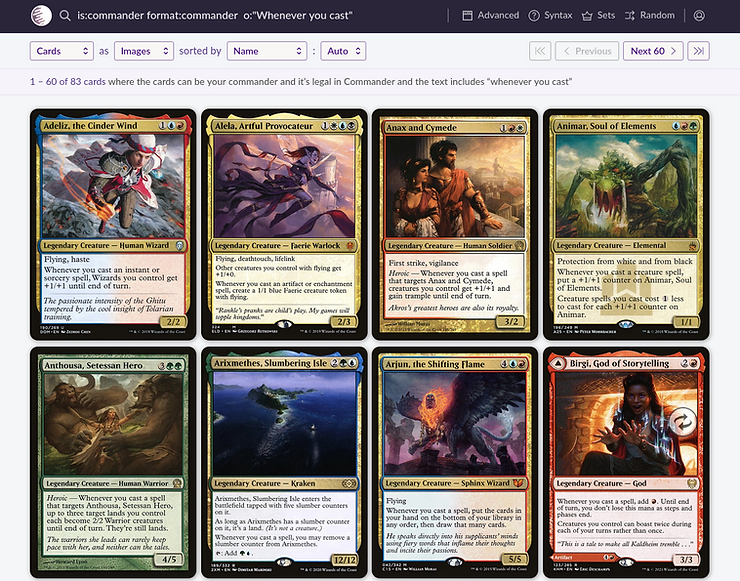
After doing so, my search has been narrowed to 83 cards. Giving it a look over, I found something I liked: Kykar, Wind’s Fury.
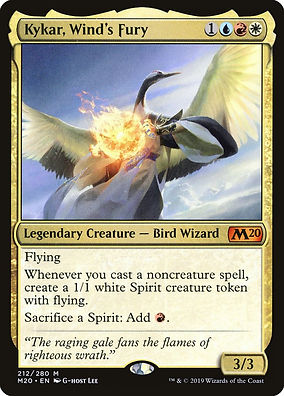
A Jeskai commander that cares about casting non-creature spells. There is also a little bit of token synergy that could go into this too. Now that we have decided on our commander, we dive into the 99 cards to make the deck.
Too Many Slots To Fill
With a 99-card deck and 23,000 cards to choose from, it can be daunting to build a deck. This is why I suggest we don’t focus on individual cards, rather on individual packages.
A package is a group of cards that perform some function for your deck.
For example, you might have a ramp package for all your mana rocks or a board wipe package. Looking at packages instead of individual cards makes decisions easier when it comes to revising your deck in the future.
It’s not a question of “is Mind Stone underperforming” it is instead “is my ramp package underperforming.” This allows you to look holistically at your deck and see where the shortcomings are.
Packages also allow for a great way to power up or power down your deck at a moment’s notice. Suppose you play a game of Commander and the table expresses that your deck is too strong and has been winning all night.
You can ask them what about your deck was problematic. Then, if they say your counters were too good, you can tune your removal package to better suit the table, swapping out Force of Will for a Cancel.
Similarly, when it comes to upgrading your deck, you can think about what package is lacking in power when making your next upgrade.
What Packages Should I Play?
Some packages are pretty universal and will be solid picks in any deck. For instance, every deck wants removal, ramp, and card draw. However, the rest is up to you.
If your deck has a theme such as elf tribal, don’t just make a package of elves. Try to find elves that contribute to an existing package. For example, Reclamation Sage is an elf that also destroys things.
In terms of the number of cards in a package, many people recommend the 8×8 method. Here you construct eight packages of eight cards each. This leaves you with 64 cards, and 35 land slots.
You may realize that some aspects of your deck are more important than others so you may find yourself adjusting one package to have 10 cards while another only has six. It all depends on the nature of your deck.
Let’s try 8×8 packages for Kykar.
Package #1. Ramp/Cost Reduction
This package aims to let me cast more spells. I am also lumping in cost-reducing effects here as I don’t need an overabundance of ramp. Kykar can help me ramp on its own. There are some simple rocks all at two mana and the cost reducers consist of a Goblin Electromancer, Rowan Scholar of Sparks, and Baral Chief of Compliance.
As you will see with the last two, they overlap into other packages. Baral provides card selection and Rowan lets us deal damage.
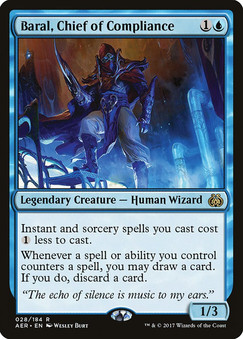
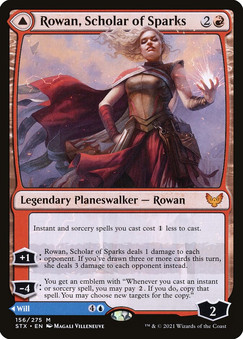
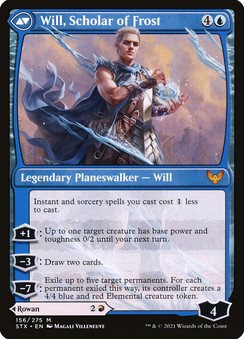
Package #2. Removal
Every deck needs it. You need to be able to stop the opponent’s scary thing. We will probably not run a lot of creatures, so it is important we can destroy, exile, or bounce our opponents’ threats when they come swinging for us.
We run path to Exile, and Swords for sheer efficiency, while in the counterspell suite we have some nice simple spells that also pull double duty in protecting our commander should someone try to remove it.
I also included some board wipes as part of the overall removal package too. Creature-based wipes such as Evacuation become much less symmetrical when we can just sacrifice our tokens to Kykar and recast all our spells. In a similar vein, Austere Command is a board wipe that can let us tailor how the board looks, and minimize the damage to ourselves.
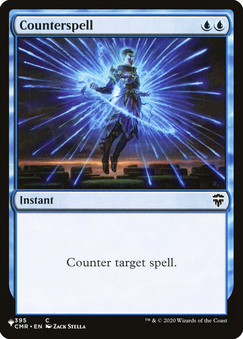
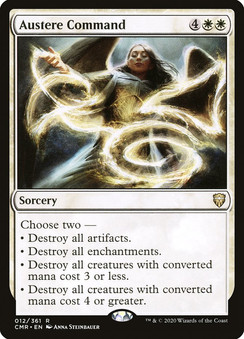
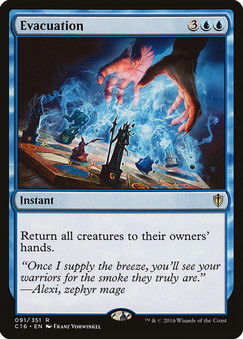
Package #3. Tokens Synergy
Seeing as Kykar can make tokens, we should try to capitalize on them in other ways, not just sacrificing them for mana. This is a very broad category, and most of it isn’t just for tokens. It applies to all our creatures. However, our tokens will be the ones doing the heavy lifting.
Cards like Mana Echos give us extra mana for each token we create. Impact Tremors is a cheap and innocuous little enchantment that will keep pecking at opponents’ life totals. Bident of Thassa will help refill our hand.
Strixhaven Stadium is also in here as a bit of a cute alternate win-con. However, I am not sure if it will fill that purpose too often. Something that I think can win us games regularly however is Shared Animosity, a three-mana enchantment that gives each attacking creature +1/+0 for each other attacking creature that shares a type. Nine spirits suddenly swinging for 90 power could definitely close out some games.
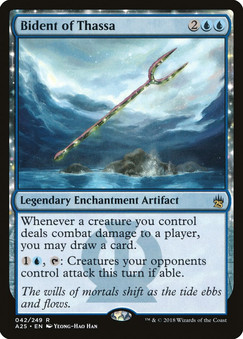
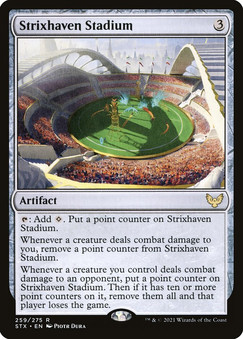
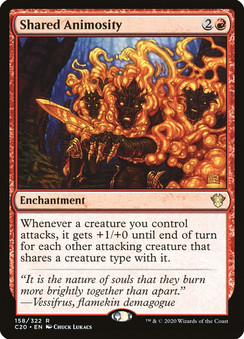
Package #4. Card Draw
When you cast lots of spells, you need to be able to reload. We want efficient card draw to help keep us on pace. In the card draw department, we see several Bident of Thassa effects, as well as Mentor of the Meek to essential turn our tokens into card draw, and Niv Mizzet Parum to achieve a similar end on a larger scale. We also have a couple of one-off card draw spells such as Faithless Looting and Frantic Search to help us dig independently of our commander.
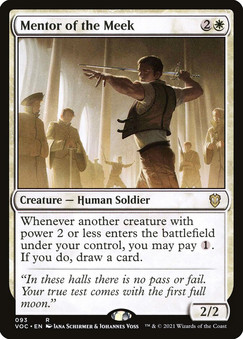
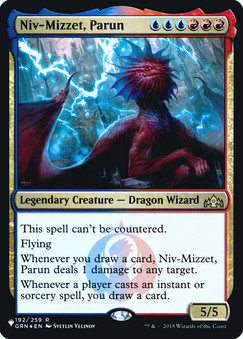
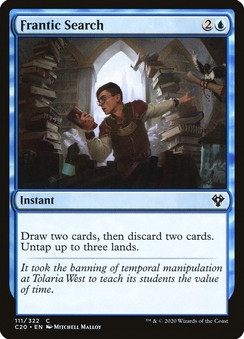
Package #5. When I Cast A Spell…
So many effects revolve around casting spells. It could be making a treasure, dealing damage, making a token, drawing a card. Let’s try to strap as many little extra effects on our spells as we can.
This is the largest category as many of these effects overlap with other packages. Archmage Emeritus, for example, draws us cards whenever we cast a spell. Meanwhile, Storm-Kiln Artist supplies us with treasure tokens. Talrand, Sky Summoner and Young Pyromancer create us more tokens, while Veyran, Voice of Duality turns all this incremental value into a real threat.
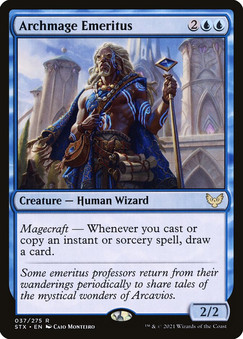
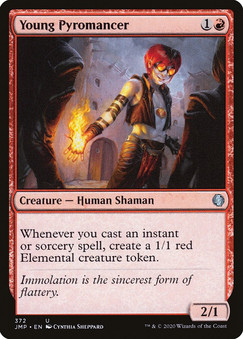
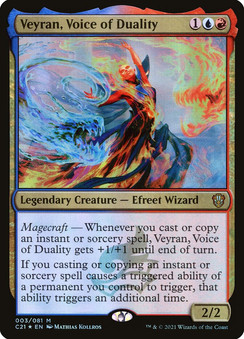
Package #6. Direct Damage
We need to close out the game somehow. These are some of my favorite ways in this style of a deck to get in damage. Some of them may not be a lot, but they add up. Kessig Flamebreather and Guttersnipe combine to form a Lightning Bolt worth of damage every spell. Goblin Bombardment lets us turn spirits into direct damage, and Purphoros, God of the Forge is a bigger indestructible Impact Tremors.
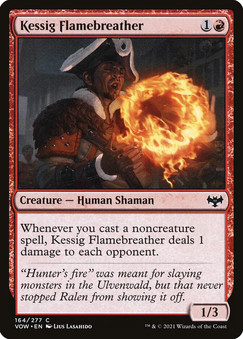
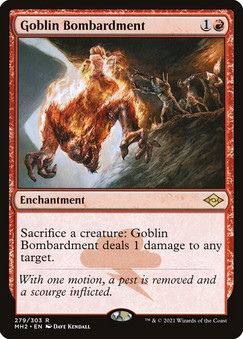
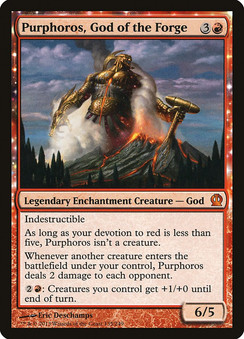
Package #7. Storm
When we cast lots of spells, we might as well try going all out. This will be one of our major ways to get ahead and possibly win. Given our aim was mid-power there is no flat-out storm combo here, just some storm pieces that could give us some value.
Galvanic Relay lets us reload on cards, while Empty the Warrens works great with some of our enter the battlefield based damage effects. Aetherflux Reservoir has a triggered ability that is very storm-like and can definitely keep our life total afloat in the worst of times or at best it will let us kill a couple of players. Meanwhile, Thousand Year Storm lets us cast virtually any spell as if it has storm.
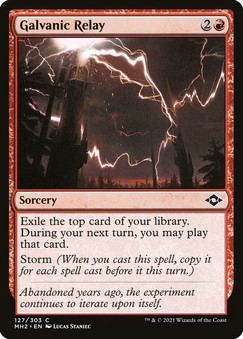
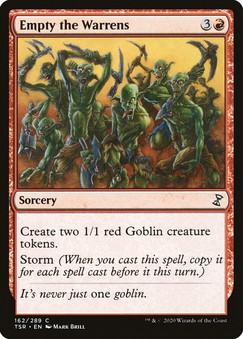
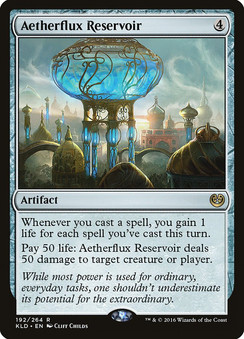
Package #8. Protection
Kykar is very important in this deck. We want to get it out on the board ASAP and keep it there. This package is all about keeping our commander alive. These forms of protection are also non-creature spells, so it lets us make some tokens in the process too. Clout of Dominus is basically free at one mana as the spirit Kykar creates will be sufficient to recoup the cost of playing it. Misdirection, Narset’s Reversal, and Silence are all great ways of stopping our opponents’ interaction and allow us to have some peace and quiet to cast our spells.
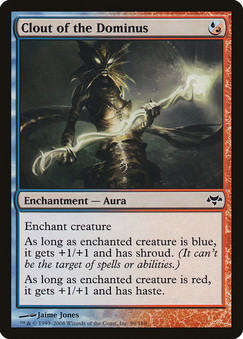
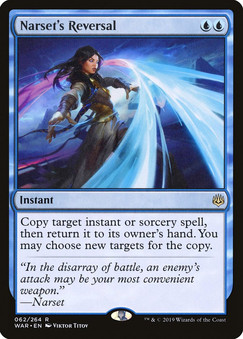
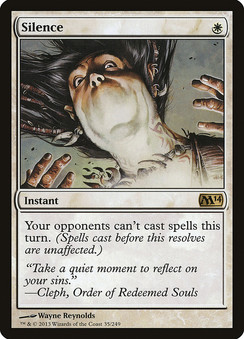
Building a Commander Mana Base
Mana in EDH used to be difficult, but in recent years there has been a great number of reprints and new multi-colored lands put into the format. If we’re talking optimal Alpha duals, Fetch lands, and Shock lands, they are all no-brainers.
But for now, let’s take a step back and make something more budget-conscious. In general, I would try my best to avoid dual lands that can only enter tapped unless you are on the tightest of budgets.
For this deck, I have decided to go with the Innistrad “Enters tapped unless you control two or more other lands,” Shock lands, the Dominaira Check lands, Command Tower, Exotic Orchard, and a handful of basics in each color. The only other weird land I included is Mystic Sanctuary since it lets us get back a spell from the graveyard.
I would recommend searching Scryfall for dual lands that suit your needs. You can do so by searching: t:land ci>1 ci<4 commander:jeskai. You can replace commander:jeskai with your own color combination and replace ci<4 with the number of relevant colors in your deck. This search will show all lands that tap for two or more of your colors.
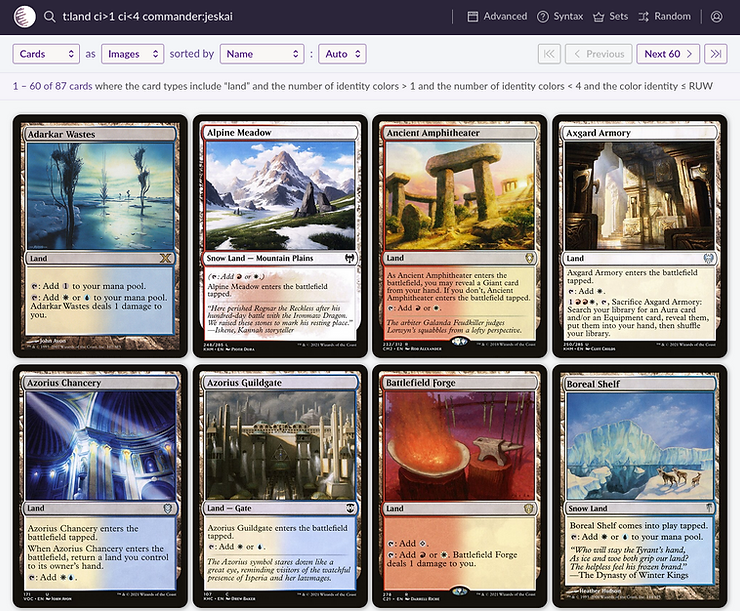
If your budget allows it, I would also recommend playing lands that generate all colors of mana, such as City of Brass and tarnished Citadel.
Conclusion & Useful Resources
And there we have it, a full commander deck built from scratch!
Check out the full decklist here for the cards that I didn’t give a verbose call out.
Throughout this article, I hope you’ve found some ideas that may be helpful. In making the deck I used a couple of tools to help and you should have a look if you are interested:
Scryfall: This is a powerful search engine for Magic cards. It allows you to search by name, card text, and so much more. I could talk about Scryfall all day, in fact, we already did! Check out this article on Bolt the Bird for more info on how you can master searching on Scryfall.
EDHREC: This website amalgamates decklists from across the internet and shows what cards are seeing the most play in a given deck. It can be a great place to find hidden gems, especially for those more bizarre commanders that are begging to be broken.
Moxfield: One of many deckbuilders out there. I love Moxfield for its use of packages. Users can create their own packages and view ones created by other users. I find this really helpful when I am deck building. I have built a couple of packages myself for things like cheap mana rocks or budget counterspells. I can just click “add package” instead of searching for each card manually. Additionally, Moxfield lets you put a “tag” on each individual card. This can help you visualize what’s important to your deck, and show what you might be lacking in, or have too much of.


 Support us on
Support us on 